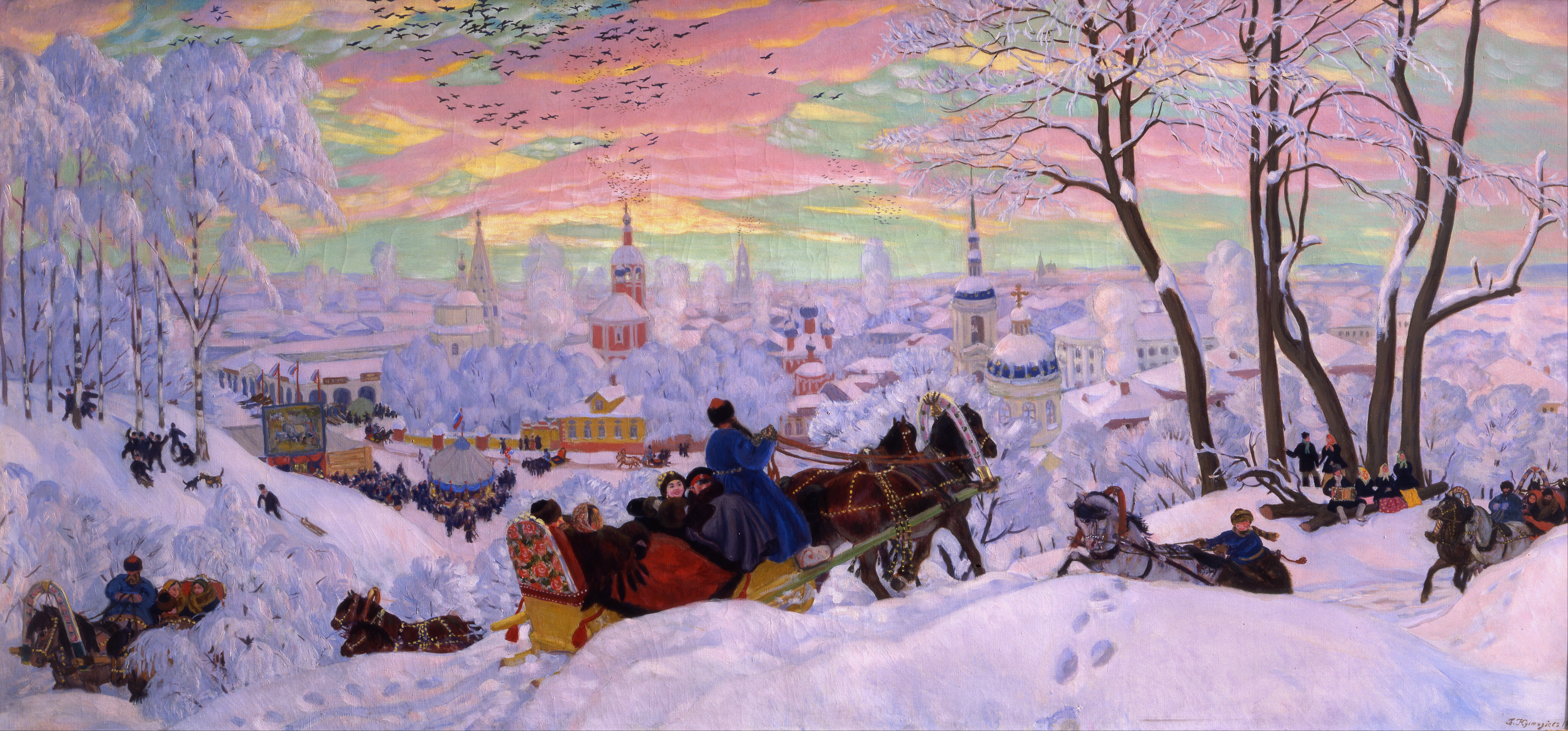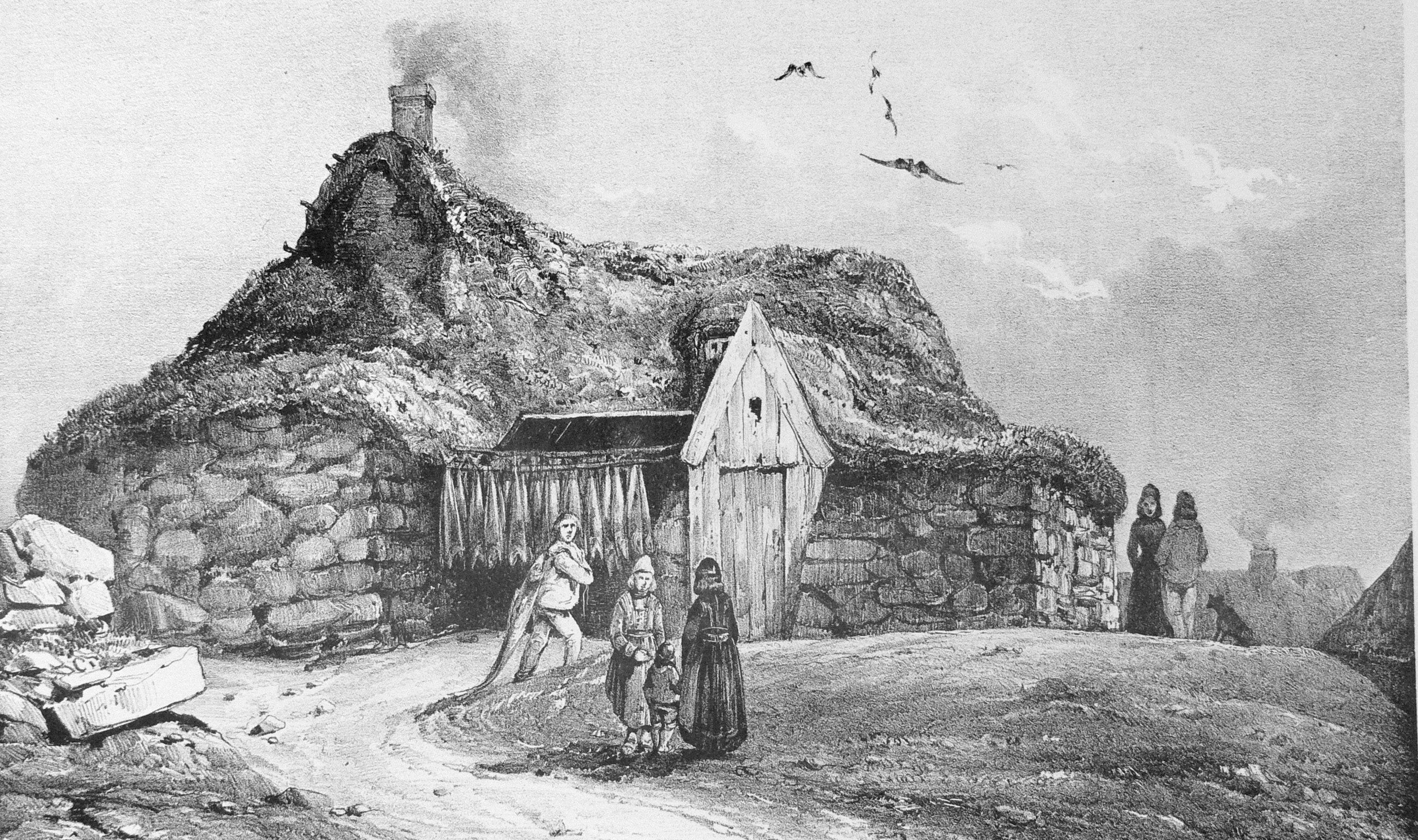|
Bolludagur
Bolludagur, or "Cream Bun Day", is a holiday in Iceland associated with Fastelavn, the carnival tradition before Lent celebrated in Scandinavian countries. ''Bolludagur'' is celebrated on Shrove Monday; the following days are ''Sprengidagur'' (on Shrove Tuesday), and ''Öskudagur'' (Ash Wednesday). The holiday derives from the Lutheran countries, particularly Denmark and Norway, and was brought to Iceland in the 19th century. It took a specifically Icelandic form in the middle of the 20th century, with children decorating a stick with colored paper and spanking their parents with it while demanding buns ("bolla, bolla, bolla!"). In return, the parents give the children cream buns. The ''Encyclopedia of Easter Celebrations Worldwide'' suggests that the tradition may be based on a Catholic liturgical element of the service at the beginning of Lent, when the priest would use a wand to sprinkle holy water on the congregation. The buns are sweet cream buns; the filling is cream and jam. ... [...More Info...] [...Related Items...] OR: [Wikipedia] [Google] [Baidu] |
Fastelavn
''Fastelavn'' is a Carnival tradition in the Northern European, and historically Lutheran, nations of Denmark, Norway, Sweden, Iceland and the Faroe Islands. Fastelavn is also traditionally celebrated in Greenland. The related word Fastelovend is used for Carnival in Germany in Köln and Bonn with the same meaning. Fastelavn is related to the Roman Catholic tradition of Carnival in the days before Lent, although after Denmark became a Protestant nation the festival adopted certain distinctive characteristics. The holiday occurs the week before the Christian penitential season of Lent, culminating on Shrove Tuesday, the day before Ash Wednesday, the first day of Lent. The Swedish counterpart is ''Fastlagen'', the Icelandic is Sprengidagur, and in Finland they celebrate Laskiainen. In Estonia it is celebrated as Vastlapäev. In Iceland, Ísafjörður is the only town that celebrates ''Fastelavn'' on the same day as the other Nordic countries, on monday, locally known as ''Maskadagur'' ... [...More Info...] [...Related Items...] OR: [Wikipedia] [Google] [Baidu] |
Lent
Lent ( la, Quadragesima, 'Fortieth') is a solemn religious observance in the liturgical calendar commemorating the 40 days Jesus spent fasting in the desert and enduring temptation by Satan, according to the Gospels of Matthew, Mark and Luke, before beginning his public ministry. Lent is observed in the Anglican, Eastern Orthodox, Lutheran, Methodist, Moravian, Oriental Orthodox, Persian, United Protestant and Roman Catholic traditions. Some Anabaptist, Baptist, Reformed (including certain Continental Reformed, Presbyterian and Congregationalist churches), and nondenominational Christian churches also observe Lent, although many churches in these traditions do not. Which days are enumerated as being part of Lent differs between denominations (see below), although in all of them Lent is described as lasting for a total duration of 40 days. In Lent-observing Western Churches, Lent begins on Ash Wednesday and ends approximately six weeks later; depending on the Christian ... [...More Info...] [...Related Items...] OR: [Wikipedia] [Google] [Baidu] |
Shrove Monday
Shrove Monday, sometimes known as Collopy Monday, Rose Monday, Merry Monday or Hall Monday, is a Christian observance falling on the Monday before Ash Wednesday every year. A part of the English traditional Shrovetide celebrations of the week before Lent, the Monday precedes Shrove Tuesday. As the Monday before Ash Wednesday, it is part of diverse Carnival celebrations which take place in many parts of the Christian world, from Greece, to Germany, to the Mardi Gras and Carnival of the Americas. Shrovetide The word ''shrove'' is the past tense of the English verb ''shrive'', which means to obtain absolution for one's sins by way of confession and forgiveness. Thus Shrovetide gets its name from the shriving that English Christians were expected to do prior to receiving absolution immediately before Lent begins. Shrove Tuesday is the last day of "shrovetide", somewhat analogous to the ''Carnival'' tradition that developed separately in countries of Latin Europe. The terms "Shrove M ... [...More Info...] [...Related Items...] OR: [Wikipedia] [Google] [Baidu] |
Shrove Tuesday
Shrove Tuesday is the day before Ash Wednesday (the first day of Lent), observed in many Christian countries through participating in confession and absolution, the ritual burning of the previous year's Holy Week palms, finalizing one's Lenten sacrifice, as well as eating pancakes and other sweets. Shrove Tuesday is observed by many Christians, including Anglicans, Lutherans, Methodists and Roman Catholics, who "make a special point of self-examination, of considering what wrongs they need to repent, and what amendments of life or areas of spiritual growth they especially need to ask God's help in dealing with." This moveable feast is determined by Easter. The expression "Shrove Tuesday" comes from the word ''shrive'', meaning "absolve". As this is the last day of the Christian liturgical season historically known as Shrovetide, before the penitential season of Lent, related popular practices, such as indulging in food that one might give up as their Lenten sacrifice for the u ... [...More Info...] [...Related Items...] OR: [Wikipedia] [Google] [Baidu] |
Ash Wednesday
Ash Wednesday is a holy day of prayer and fasting in many Western Christian denominations. It is preceded by Shrove Tuesday and falls on the first day of Lent (the six weeks of penitence before Easter). It is observed by Catholics in the Roman Rite, Lutherans, Moravians, Anglicans, Methodists, Nazarenes, as well as by some churches in the Reformed tradition (including certain Congregationalist, Continental Reformed, and Presbyterian churches). As it is the first day of Lent, many Christians begin Ash Wednesday by marking a Lenten calendar, praying a Lenten daily devotional, and making a Lenten sacrifice that they will not partake of until the arrival of Eastertide. Many Christians attend special church services, at which churchgoers receive ash on their foreheads. Ash Wednesday derives its name from this practice, which is accompanied by the words, "Repent, and believe in the Gospel" or the dictum "Remember that you are dust, and to dust you shall return." The ashes ar ... [...More Info...] [...Related Items...] OR: [Wikipedia] [Google] [Baidu] |
Cream Bun
Variations of cream buns or cream rolls exist all around the world. Typically they are made with an enriched dough bread roll that is split after baking and cooling and filled with cream. Among the numerous international variations are the splits of Devon and Cornwall in southwest England, which are yeasted buns filled with clotted cream, the maritozzi of the Lazio region of Italy, which are enriched buns, made with dried fruit and filled with whipped cream, and the roombroodjes of The Netherlands, which are filled with pastry cream. In Northern Europe, soft buns spiced with cardamom, called Semla in Sweden, are eaten on Shrove Tuesday. Another specific national version is the Hong Kong sweet bun. It is one of the most standard pastries in Hong Kong. It can also be found in most Chinatown bakery shops. The bun has either butter cream or whipped cream filling down the middle with coconut sprinkles on the outside. Variations of it include the "Cream Horn", a pastry in a spiral s ... [...More Info...] [...Related Items...] OR: [Wikipedia] [Google] [Baidu] |
Icelandic Cuisine
''Randabrauð'', the cuisine of Iceland, has a long history. Important parts of Icelandic cuisine are lamb, dairy, and fish, the latter due to the fact that Iceland has traditionally been inhabited only near its coastline. Popular foods in Iceland include skyr, hangikjöt (smoked lamb), kleinur, laufabrauð, and bollur. Þorramatur is a traditional buffet served at midwinter festivals called Þorrablót; it includes a selection of traditionally cured meat and fish products served with ''rúgbrauð'' (dense dark and sweet rye bread) and brennivín (an Icelandic akvavit). The flavors of this traditional country food originate in its preservation methods; pickling in fermented whey or brine, drying, and smoking. Modern Icelandic chefs usually emphasise the quality of available ingredients rather than age-old cooking traditions and methods. Numerous restaurants in Iceland specialise in seafood. At the annual Food and Fun chef's competition (held since 2004), competitors create in ... [...More Info...] [...Related Items...] OR: [Wikipedia] [Google] [Baidu] |



_-_James_Tissot_-_overall.jpg)
